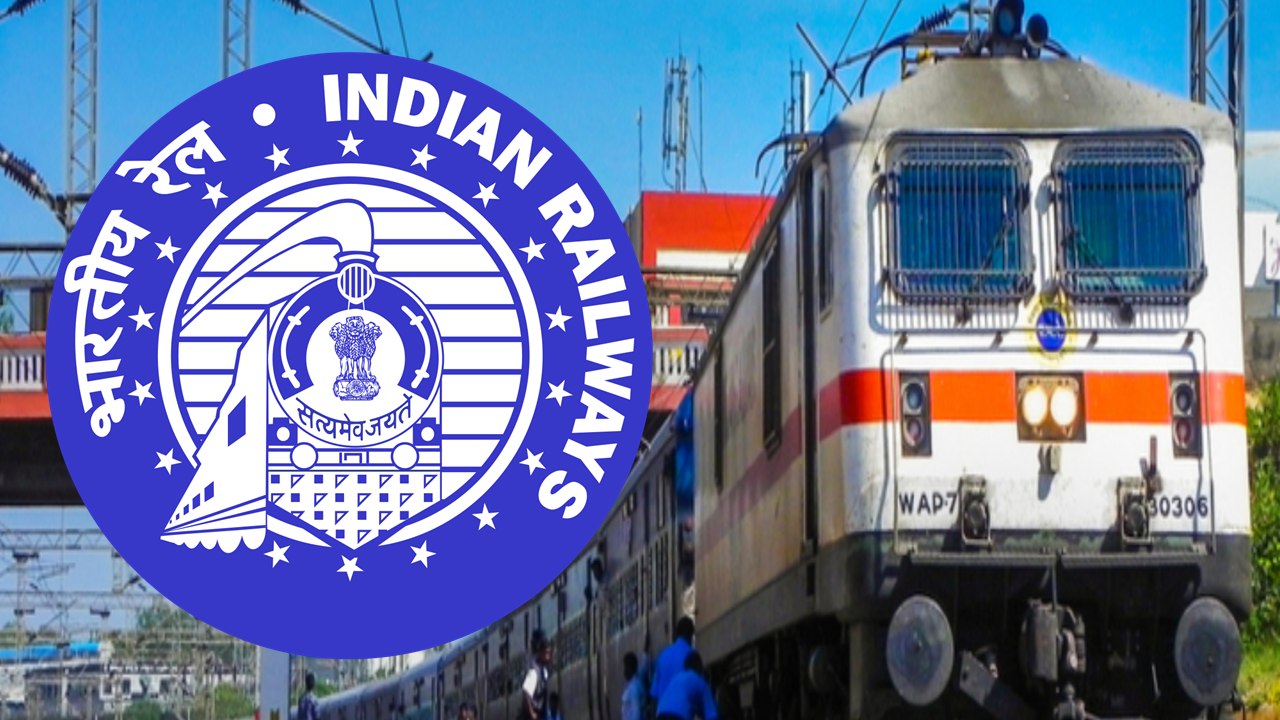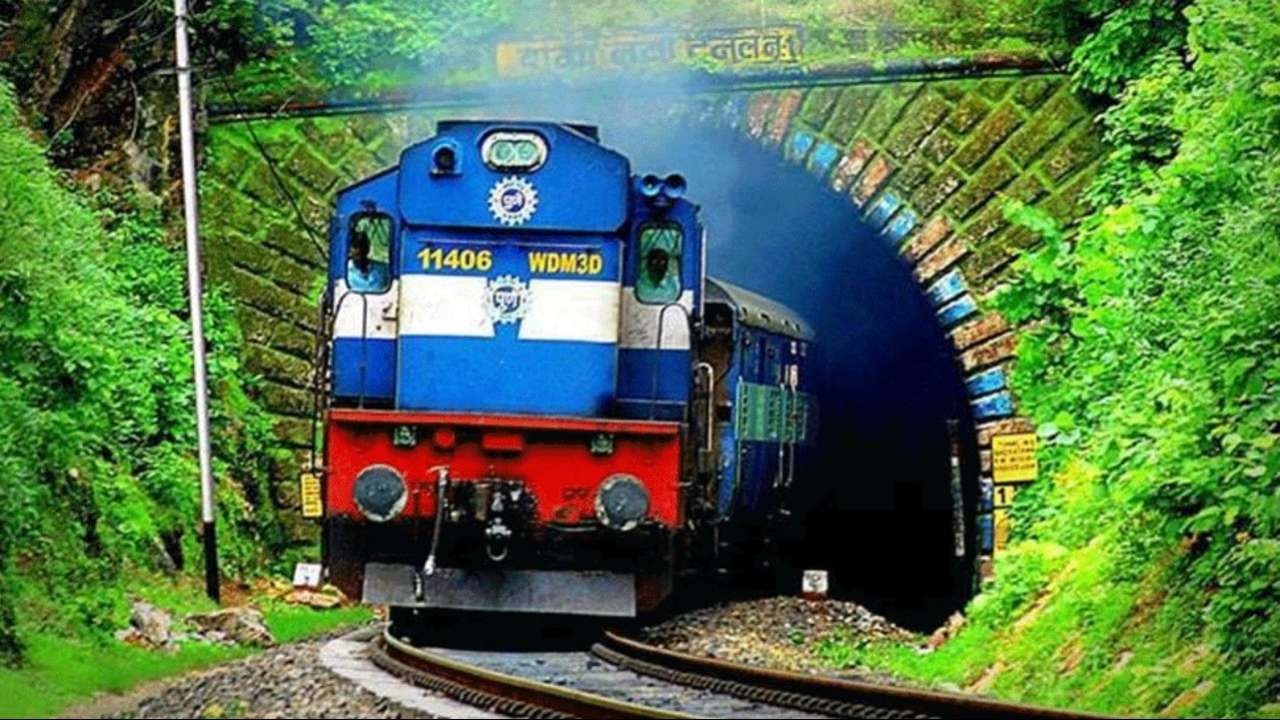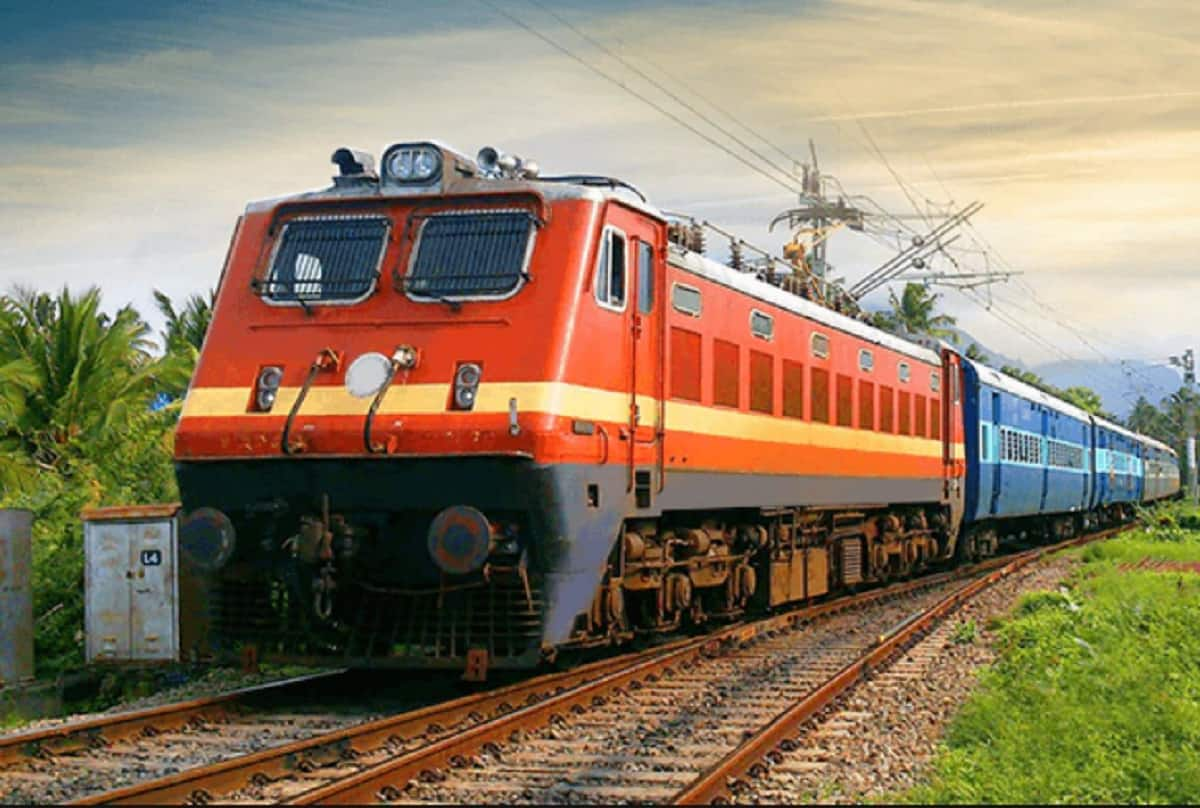By carrying vehicles, Railways is breaking records and making money. In the past year, Indian Railways has seen a 60 per cent spike in vehicle traffic. Railways are not only a cost-effective and safe means of transportation, but they also provide a chance to lessen the carbon footprint by enabling the transportation of numerous cars over vast distances. The amount of car traffic on Indian Railways has significantly increased recently. There are various factors contributing to this growth in car traffic, including the availability of private-owned speciality waggons.
The Vehicle Fare Train Operator (AFTO) regulation
has occasionally been liberalised in response to concerns expressed by parties involved in the automotive industry, particularly the Society for Indian Automotive Manufacturers (SIAM). This enables automakers to own particular waggons based on their needs. Also, new design auto-carrier waggons have been produced in RDSO in addition to the current BCACBM waggons to assist the transportation of SUV vehicles.
In the fiscal year 2022–2023
Indian Railways loaded 5,015 rakes, representing a gain of 69% in the company’s automotive transportation business from 1 April to 28 February. In accordance with Railways, 5015 rakes have been loaded thus far in the fiscal year 2022–23 compared to 2966 rakes loaded during the fiscal year 2021–22.
Indian Railways has previously noted
an increase in vehicle traffic during the financial year 2021–22, with a more than 10-fold growth in domestic small passenger car transit during the previous eight years. The Railways operated 3,344 rakes with passenger carriages in them during the fiscal year 2021–2022.
Read More: Know how much central employees’ DA will rise in July!
|
|
 Facebook Page Facebook Page |
Click Here |
 Twitter Twitter |
Click Here |
 Instagram Instagram |
Click Here |



